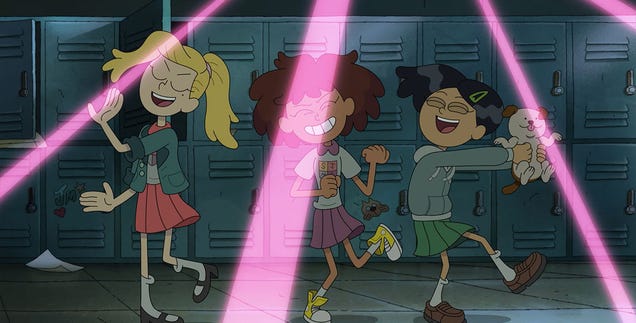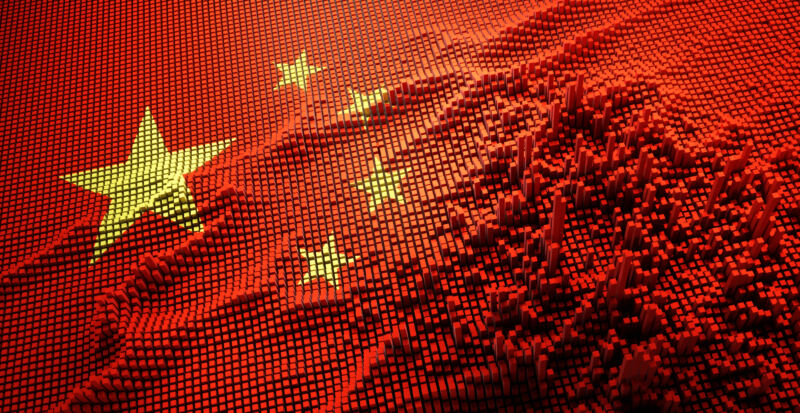Would you drink a glass of Klingon Blood Wine? Or Cardassian Kanar Red Blend? Maybe you’d prefer the Andorian Blue Premium Chardonnay, or the United Federation of Planets Special Reserve Sauvignon Blanc…
Star Trek wines — a collaboration between CBS Consumer Products and Wines That Rock — has now added those four new flavors to their original two (which Ars Technica described as “far better than we expected, although very much over-priced.”) So Ars hosted a wine tasting including the new wines, with their six testers joining “Q himself — aka actor John de Lancie.” Also taste-testing was The Orville writer Andre Bormanis (a former science advisor for Star Trek: The Next Generation, Deep Space Nine, Voyager and Enterprise).
“Wine assessments were anonymous, in keeping with the gathering’s super-casual vibe. And the wine was purchased out of pocket, not gifted for promotional purposes.”
They’d tried this once before in 2019. Their three-year mission? To explore strange new wines…
Next up: A Bordeaux blend from Chateau Picard (although the label claims it’s a 2386 vintage to keep the conceit going): 85 percent cabernet and 15 percent merlot. As I noted [in 2019], this is a bona fide winery, with a centuries-old vineyard in the St.-Estephe region. It just so happens that Jean-Luc Picard’s family has long run a fictional vineyard of the same name, albeit in the Burgundy region rather than Bordeaux — it features prominently in Picard. The real winery agreed to collaborate on a special edition of their cru bourgeois vintage for the Star Trek collection.
The Bordeaux blend also came out on top with the 2022 tasting crew, who declared it “perfectly quaffable” and “surprisingly good.” The wine is light and dry, “easy on the palate,” with “a clean finish,” and fairly well balanced. It’s almost as if Bordeaux wine makers have had centuries of experience to draw upon. This was the only bottle the tasting crew polished off completely.
Alas, the four new varieties in the Star Trek wine collection fall far, far short of their predecessors….
I will give the Star Trek Wine folks props for creative bottle design, especially the corkscrew shape of the Cardassian blend. The broad consensus was that the Klingon Blood Wine is trying to be a pinot noir and falling short; it’s basically a very fruity California cabernet, with perhaps a hint of pepper. “Whoever supplied this blood ate nothing but fruit salad the week prior,” one taster noted, with another simply writing, “Way too sweet.” The most generous assessment was that it is “drinkable but not extraordinary….”
With the evergreen caveat that taste in wine is highly subjective, here’s our recommendation. Stick with the original two bottles for your Star Trek wine, or save yourself some money and get something comparable for a fraction of the price — unless, of course, you’re really keen to collect the whole set of unusual bottle designs. Or you’re a Cardassian who loves really sweet wine.
Meanwhile, William Shatner himself is auctioning off a bottle of “James T. Kirk” whiskey — the actual prop used on Star Trek: Picard. “The bottle does not contain real Bourbon just a colored liquid,” its description notes — but the bottle has actually been autographed by 91-year-old Shatner.
Shatner is also auctioning off dozens of other memorabilia items for “The Priceline Hollywood Charity Horse Show, Sponsored by Wells Fargo”, including several autographed books, Star Trek-related artworks, action figures of Captain Kirk and the Gorn,
and even the dinner jacket from his Kennedy Center performance with Ben Folds.
Read more of this story at Slashdot.
Source: Slashdot – Star Trek Wines: the Next Generation. Ars Technica Taste-Tests Klingon Blood Wine










